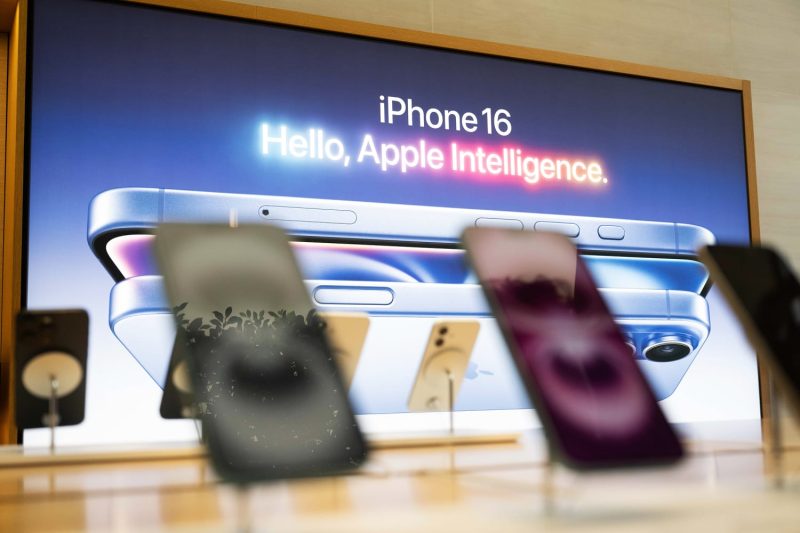The advent of artificial intelligence (AI) and machine learning has led to a technology race among big tech companies, striving to make their services more insightful, personal, and engaging. In this AI race, Apple Inc., known for its iPhone, iPad, and Mac, is leveraging its huge community of developers to gain an edge in the arena.
Apple’s annual Worldwide Developers Conference (WWDC) is a testament to the company’s efforts to rally its armies of developers. At the event, the iPhone maker showcased various developer tools aiming to facilitate the creation of more advanced and sophisticated apps. Notably, Apple has made strides in its Core ML framework, a vital tool for developers that make machine learning models run on devices, not in the cloud. This switch is seen as a tactical advantage as processing data from the device offers enhanced privacy and speed.
To cement its position in the AI race, Apple has made several strategic moves. It acquired a machine learning start-up, Turi, in 2016 to boost its intelligence capabilities. In addition, in a bid to achieve more sophisticated speech recognition, Apple moved its Siri voice recognition system to the Neural Engine, indicating increased machine learning power in gadgets. Shows how Apple is effectively leveraging AI and machine learning to strengthen its ecosystem’s functionality and improve its user experience.
In the sector of augmented reality (AR), a technology that superimposes virtual images over reality, Apple is well ahead. The tech giant’s ARKit is among the largest augmented reality platforms worldwide, with hundreds of millions of AR-enabled devices already in the market. Developers are being encouraged to create more engaging and immersive AR experiences for its iPhone and iPad users, using this technology.
Most critically, Apple’s shift to using its own Silicon, the M1 chip, marks a significant transformation. The M1 chip, first found in the new Macs and now in the iPad Pro, helps Apple take a big leap in machine learning capabilities. Swiftly recognizing patterns, making predictions, or even learning from past experiences is among the qualities AI performs with the help of the M1 chip, resulting in more responsive and smart devices.
Apple’s AI and machine learning efforts also extend to the applications used daily by its consumers. The Photos app organized by instances and people, the Smart Stack of widgets, and the Live Text feature that recognizes text within photos are real-life examples of Apple utilizing its army of developers to infuse AI into its ecosystem.
However, Apple’s pursuit of AI doesn’t end with developers. The company is continuously recruiting AI and machine learning specialists for its teams, to sustain its significant strides to the innovative technologies it’s already brought to the market.
In summing up, Apple’s incremental yet strategic steps show the company’s commitment to becoming a leading player in the AI race. The company leverages its huge developer ecosystem, capitalizes on its technological advancements, and invests in siloed tech companies to ensure an upper edge in this competitive domain. The outcome of this approach has so far resulted in more intelligent, personalized, and engaging experiences for Apple users, with the promise of even more breakthroughs on the horizon.
